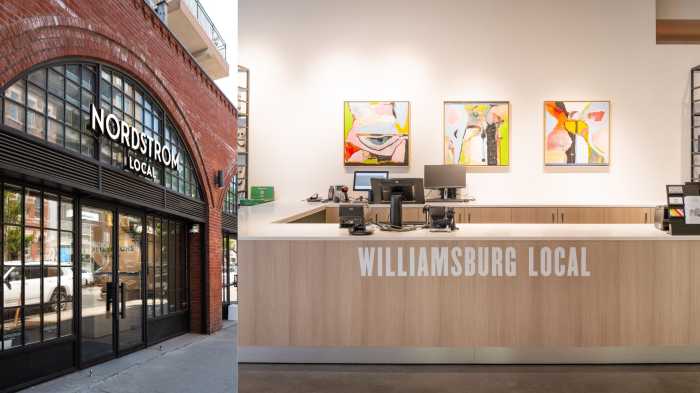By Lenore Skenazy
Not too long ago a guard scolded Victoria Johnson for poking in the planters in front of Rockefeller Center. But the historian wasn’t doing anything wrong. She had simply come to pay her respects to the man whose name is on a plaque there — the man perhaps most responsible for making New York City the world capital it is today.
David Hosack.
Um … who?
David Hosack, the botanist-doctor-friend of the famous, friend of the poor, born just before the American Revolution, whose love of plants and people made him one of the most trusted, beloved dynamos of his day.
How trusted? At a duel each man is allowed to chose a doctor to accompany him. At the most famous duel in American history — Alexander Hamilton vs. Aaron Burr, 1804 — both men chose Hosack.
Though most of us have never heard of the guy, Johnson is giving him his due. The Hunter College professor of urban policy and planning spent eight years researching, “American Eden: David Hosack, Botany, and Medicine in the Garden of the Early Republic.” It opens with a scene of despair: “September 1797. The boy would be dead before dawn.” We’re in the death chamber of a good-looking, 15-year-old New York kid dying of fever. But instead of treating him with cold cloths, as most doctors did back then, Hosack, age 28, and newly returned from a European education in the power of plants, did the opposite. He placed the boy in a steaming hot bath and mixed in a powder made from Peruvian tree bark. Years later this bark would be discovered to contain quinine, the cure for malaria.
Into the bath Hosack also poured several bottles of alcohol to “stimulate the circulation.” And, seemingly for good measure, he added smelling salts. All through the night, he steeped the boy in bath after botanical bath.
It worked.
The boy was Philip Hamilton, Alexander’s son. That’s when Alexander became a lifelong friend and fan of Hosack. It’s also when Hosack decided it was time to start trying to discover more cures from more plants.
And so he proposed creating a giant garden filled with specimens from the four corners of the earth: banana and tamarind and ginko trees, flowers from Tahiti, grains from near and far, and plants whose medicinal qualities were already known, including chamomile, ginseng, and poppies.
Of course, he’d need a greenhouse and gardeners and explorers to collect plants. And money!
His plans were mocked by many, but eventually Hosack made his dream come true. His garden stretched from the equivalent of 47th Street to 51st Street, from Fifth Avenue to Sixth — the footprint of today’s Rockefeller Center, though back then it was basically wilderness. He called it the Elgin Botanic Garden, after the Scottish town his father came from.
For our young country to succeed, Hosack understood that our people had to be healthy. And yet, all around him they were dying of smallpox, typhus and yellow fever.
“If the United States didn’t begin to grow and test plants from around the world, American medicine was doomed to chronic chaos,” Johnson writes. And so Hosack’s garden was less a park than the equivalent of today’s National Institutes of Health, the Food and Drug Administration, the Centers for Disease Control and cutting edge gene-editing labs, combined. Even Thomas Jefferson sent him seeds.
Here, an entire generation of scientists learned how to study plants and conduct experiments, thanks to Hosack. One of the med students he mentored was the grandfather of Franklin Delano Roosevelt.
But it wasn’t enough to simply further science. Hosack had a vision for the future like almost no other. And so he founded or helped found many of the institutions that would make New York America’s premier city (a distinction, believe it or not, that Philadelphia held at that time). These included our first museum of natural history, our first art museum, our first public schools — even one for the deaf. He was a founder of Bellevue Hospital and a pharmacy for the poor. He served as a president of the New York Historical Society. He started a hospital of obstetrics. When Alexis de Tocqueville came calling, Hosack shared his research on the nation’s prison system.
And in between he held a lot of parties.
In his day, the man was a stone-cold celebrity. Why is he nearly forgotten?
“I think we really like our heroes to stand alone — to discover the cure for cancer or invent the steam locomotive,” says Johnson. “Hosack was something else, an institution builder, building the civic institutions that make a city and a nation great.”
Clearly the man deserves more than a hard-to-get-to plaque. But at least he’s got one in the heart of a city he made great, atop the garden he made grow.
Lenore Skenazy president of Let Grow, and founder of Free-Range Kids.


































